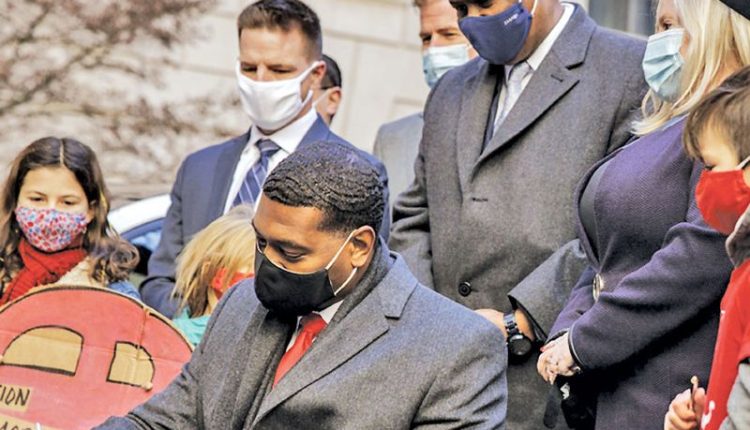The agency kept in place the averaging, banking and trading program, a compliance flexibility that dictates how credits can be generated and used.
Since 2016, automakers collectively have failed to meet the EPA’s tailpipe standards, and, as a result, several have relied on credits to meet the greenhouse gas emissions regulation, said CAR’s Smith.
“Through 2020, the industry has not met the tailpipe standard. They’ve certainly met the regulation, but they’ve used credits gathered either through buying credits from Tesla, for example, or from credits they had saved previously,” he explained.
Through the 2019 model year, Stellantis had purchased the most credits, followed by GM and Mercedes-Benz. Tesla, Honda and Toyota sold the most credits.
To be sure, the credits were set up to do just that: Automakers would build them up in the beginning and use them as the standards get increasingly stringent.
But as the industry moves into the 2023 model year — and faces a nearly 10 percent jump in stringency over the Trump-era standard — “do they have enough credits to get them through to the point where battery-electric vehicle sales make a big enough difference that it’s not a problem,” Smith said, “or do we find that they don’t have enough credits to get there?”
“From the industry’s point of view, it’s really, really important for the battery-electric vehicles to succeed,” he added.
That success ultimately rests on consumer acceptance — a major hurdle that involves addressing issues of affordability, access to charging infrastructure, range anxiety and domestic sourcing of raw materials.
“There’s no question that we’re in a transition period where we’re heading towards much more electrification,” said Dan Ryan, vice president of government and public affairs at Mazda North American Operations. “But the question just remains, how far and how fast? And are consumers going to be on board with it?”
To that end, there are many pieces of the puzzle that have to come together, he said.
“I think, yes, it’s possible that we are trying to go too fast,” Ryan added, “but that’s kind of always been the thrust of regulators in this area, is to push, push, push and see if you can make it happen.”


